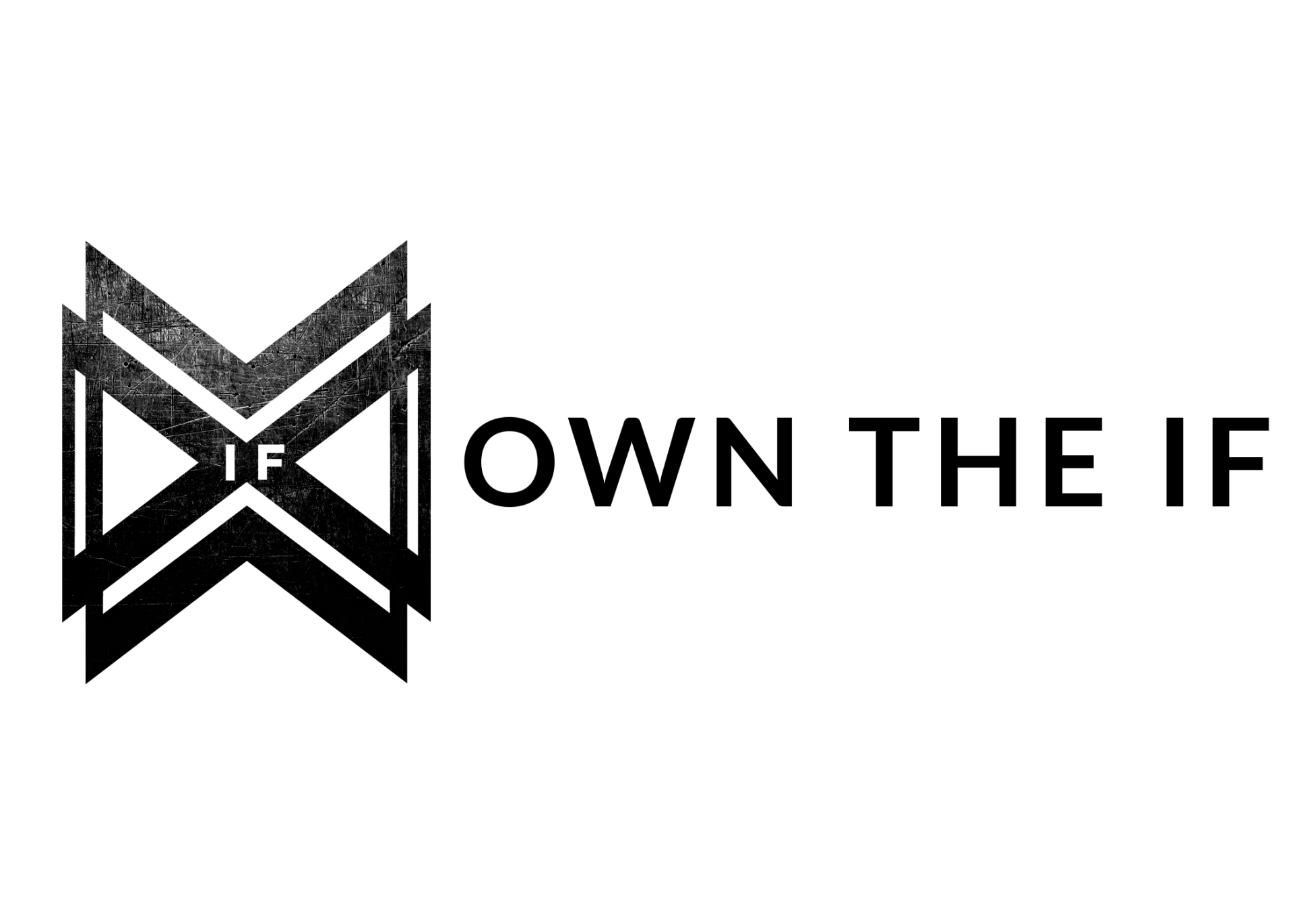I’ll admit it—I am a fixer. A born problem-solver. It’s probably why I became a nurse and a coach. When something’s broken, I want to fix it. When there’s an issue, I want to strategize my way out of it. I see a problem? I’m already three Google searches deep, finding solutions before you’ve even finished your sentence.
This trait has its perks. It makes me great in a crisis, solid at planning, and the person you want on your trivia team when the final question is on obscure survival tactics. However, as I have learned (the hard way, many times over), this particular trait doesn’t always go over well in personal relationships.
If you’ve ever had someone vent to you, and you—being the caring, well-intentioned person you are—jumped straight into solution mode, only to be met with frustration or withdrawal, then you know exactly what I mean.
I have done this with my spouse, my friends, and my family—countless times. Each time, I thought I was being helpful. Each time, I was somehow not helpful. In addition, the universe has a sense of humor, and I married another fixer. Together, we are an unstoppable force when it comes to logistics. When we turned those well-honed fixing skills onto each other’s emotions, the results were not as effective as we hoped.
After a few too many conversations that ended in, “I wasn’t asking for a solution—I just needed you to listen,” we came to this realization that changed everything.
The Hug, Hear, or Help Method
For years, I thought helping meant fixing. If someone came to me with a problem, I assumed they wanted solutions. I would launch into strategy mode, brainstorming ideas, offering advice, and outlining next steps like I was coaching them through a crisis.
What I didn’t realize was that sometimes, people don’t need you to fix it. They just need to feel heard.
Once that clicked, I had to figure out how to actually use this in real life—before I bulldozed in with solutions again
How to Implement It in a Conversation
Instead of assuming what someone needs, I now lead with this simple question:
"Do you need me to listen, give you a hug, or help you solve this?"
This small shift removes the guesswork right from the start. No more scrambling to interpret sighs, dramatic pauses, or subtle cues I may or may not pick up on. It allows the other person to tell me exactly what they need in that moment.
Here’s how it works:
- Pay attention to the opener – If someone starts venting or sharing, resist the urge to jump in with advice. Instead, take a beat, listen for a moment, and then ask the question.
- Match your response to their need – Once they tell you what they want, honor it. If they just need to vent, don’t problem-solve. If they want a hug, don’t launch into a TED Talk on resilience.
- Use body language to reinforce it – Eye contact, nodding, and open posture signal you’re fully engaged. Sometimes, just asking the question is enough to make someone feel supported.
Here’s how each option plays out:
Hear – If they just need to talk, I listen. No interruptions, no “have you tried…?” Just full attention, eye contact, nodding, and phrases like, “That sounds really tough” or “Wow, that’s frustrating.” Sometimes, people just need to say things out loud and have them land.
Hug – Sometimes we need comfort, not conversation. A hug, a hand squeeze, or even just sitting next to them can be more powerful than words. This also works wonders with children, dogs and adults who are on the verge of throwing their laptop out the window.
Help – If they actually want advice, then I dive in. The key is waiting for the green light. Once they say, “Yes, I’d love your thoughts on this,” I know they are open to brainstorming, alternative perspectives, or problem-solving together.
Bringing It Home:
Instead of trying to guess what someone needs when they come to you with a problem, simply ask. It makes conversations easier and strengthens connections. No more overthinking, second-guessing, or trying to fix something that wasn’t broken.
Next time someone brings a problem to you, try pausing and asking:
“Do you need me to listen, give you a hug, or help you solve this?”
You might be surprised at how much it shifts the conversation and strengthens your relationships.
You've got this.


